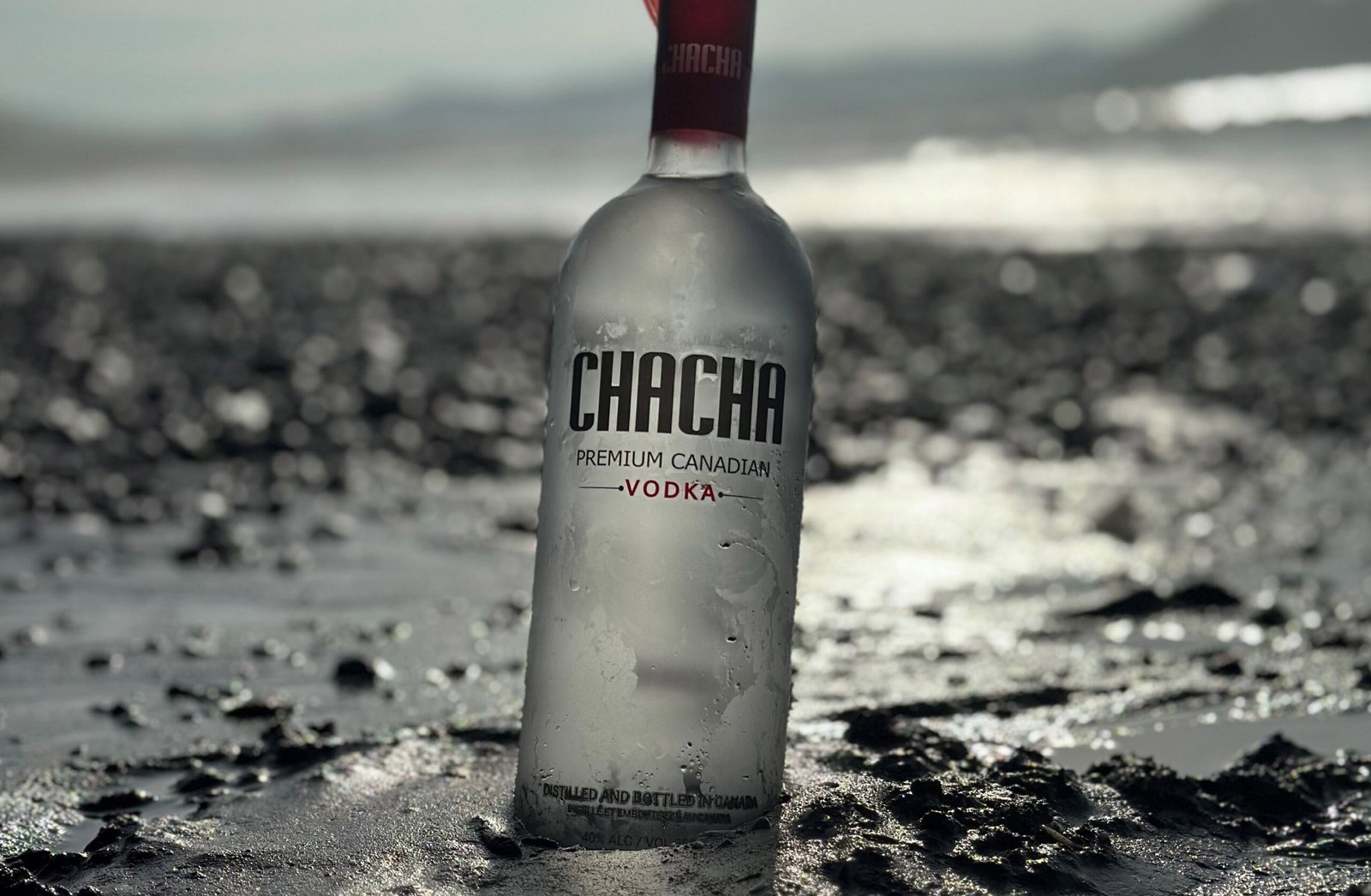If you’re planning or dreaming about a trip this season to get away from the cold wintering days in Canada, you’ll want a vodka drink that feels indulgent, inspiring, and perhaps a bit transportive. Below you will see some very inspiring vodka drink options depending on the vibe you want for your travel planning.
Vodka Drinks for Trip Planning Outside of Canada:
1. Vacation-Inspired Cocktails
- Tropical Escape: Vodka Piña Colada
- Ingredients: Vodka, coconut cream, pineapple juice, and a splash of lime.
- Why: Brings a sunny, beachy vibe to your travel dreams.
- Citrus Spritz
- Ingredients: Vodka, sparkling water, orange juice, and a splash of grapefruit.
- Why: A light and zesty cocktail reminiscent of warm destinations.
2. Cozy Winter Trip Planning
- Vodka Cranberry Mulled Punch
- Ingredients: Vodka, cranberry juice, orange slices, cinnamon, and cloves (served warm).
- Why: Ideal for planning a cozy ski trip or holiday getaway.
- Spiked Winter Tea
- Ingredients: Vodka, hot chai or black tea, honey, and lemon.
- Why: Perfect for staying warm while researching chilly winter destinations.
3. Sophisticated and Elegant
- Vodka Martini
- Ingredients: Vodka, dry vermouth, and a twist of lemon or olive.
- Why: Classic and sophisticated, perfect if you’re looking for a luxurious escape.
- White Cosmopolitan
- Ingredients: Vodka, elderflower liqueur, white cranberry juice, and a lime wheel.
- Why: A chic and refined cocktail that pairs well with dreams of a glamorous city getaway.
4. For Adventurous Spirits
- Spiced Moscow Mule
- Ingredients: Vodka, ginger beer, lime, and a dash of cinnamon or nutmeg.
- Why: A warming twist on a classic for adventurous cold-weather trips.
- Nordic Vodka Elixir
- Ingredients: Vodka, lingonberry or cranberry juice, and a rosemary sprig.
- Why: Perfect for imagining yourself in a cozy Nordic cabin.
5. Simple but Thoughtful
- Vodka Soda with Seasonal Twist
- Ingredients: Vodka, soda water, a splash of pomegranate juice, and sugared cranberries.
- Why: Easy, refreshing, and slightly festive while keeping it simple.
- Espresso Vodka Martini
- Ingredients: Vodka, espresso, coffee liqueur, and simple syrup.
- Why: Energizing and indulgent, great for powering through travel research.
Trying to get away from the cold in Canada this season and get to a warm destination? The above 5 simple trip planning inspiration drinks will help you be on your way for your next vacation.
